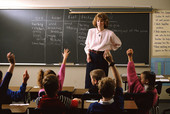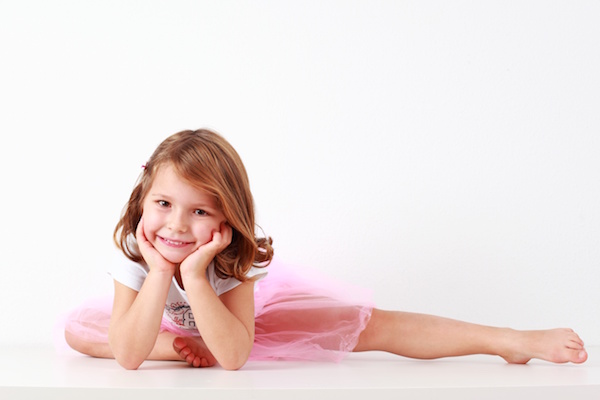
MONDAY, Feb. 21 (HealthDay News) — Children with hearing loss in one or both ears benefit from bone-anchored hearing aids, according to a new study.
The bone-anchored hearing aid (BAHA), a small device attached to the bone behind the ear, was introduced more than 30 years ago and has become an established treatment option for adults and children.
This study looked at 31 children who were at least 4 years old when they underwent a BAHA fitting and had used the device for one to four years. Sixteen of the children had hearing loss in both ears (bilateral) and 15 children had hearing loss in one ear (unilateral).
In the bilateral hearing loss group, 13 children (81 percent) were using the BAHA for more than eight hours a day and 12 said it was worth the effort. In the unilateral hearing loss group, of the seven children who were using their BAHA for more than eight hours a day and six who were using it between four and eight hours a day, 10 said it was worth the effort, the report indicated.
In both groups, those who received the device at an earlier age experienced greater benefit and higher quality of life after continued use. Also, BAHA improved their ability to learn, especially among children with bilateral hearing loss.
The study is published in the February issue of the journal Archives of Otolaryngology — Head & Neck Surgery.
“Overall, BAHA fitting can be considered effective and beneficial in children with bilateral or unilateral hearing loss,” said the researchers at the Radboud University Nijmegen Medical Center in the Netherlands, in a journal news release. They noted that “the BAHA was particularly beneficial for a child’s learning, which may be largely due to its beneficial effects in noisy surroundings.”
More information
The University of Maryland Medical Center has more about bone-anchored hearing aids.

